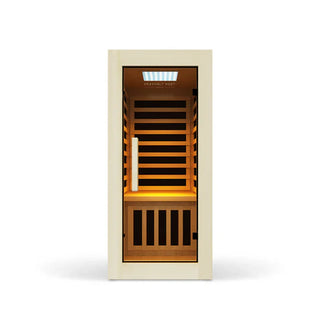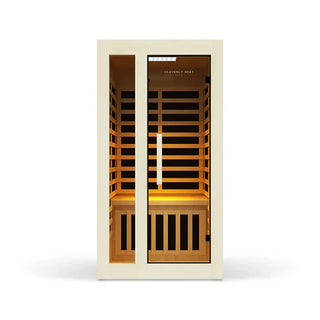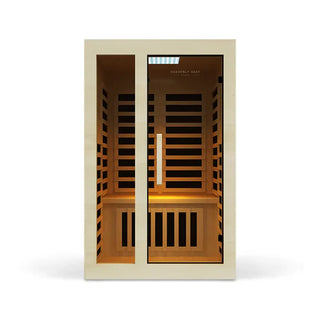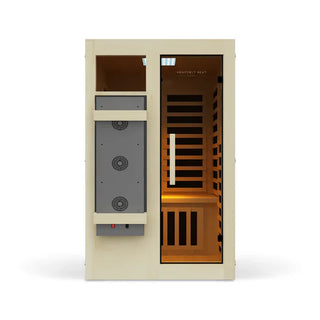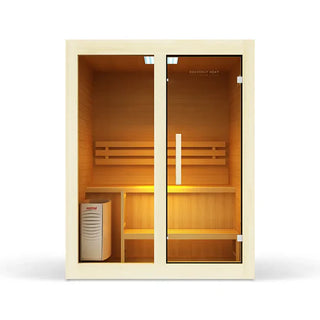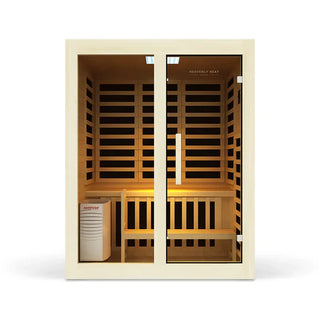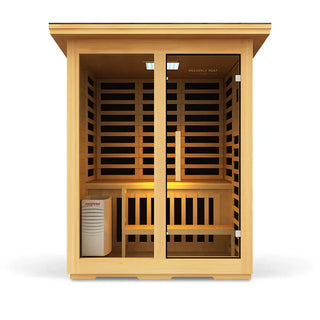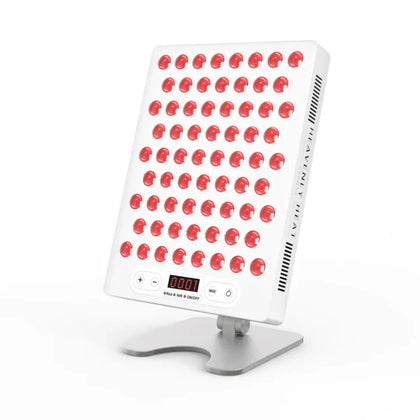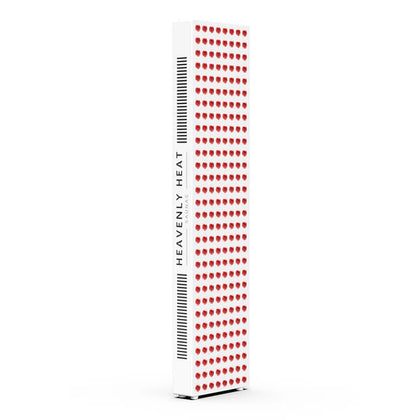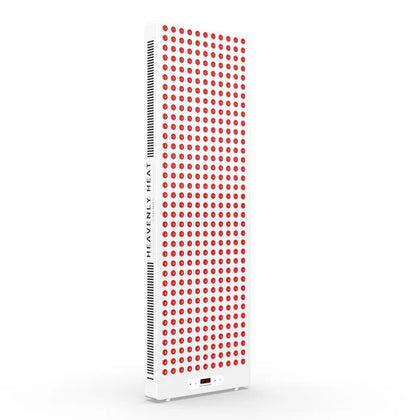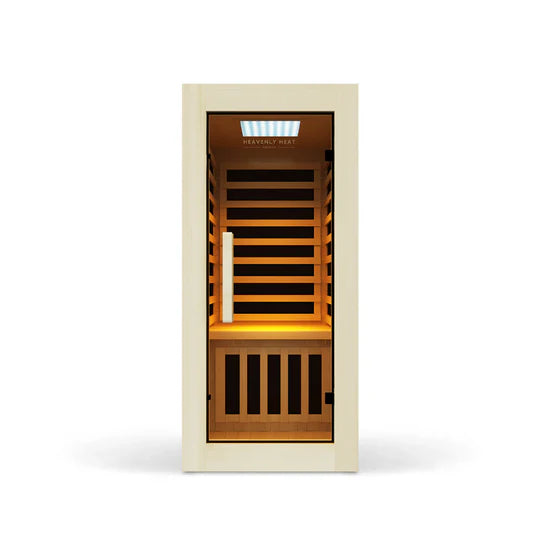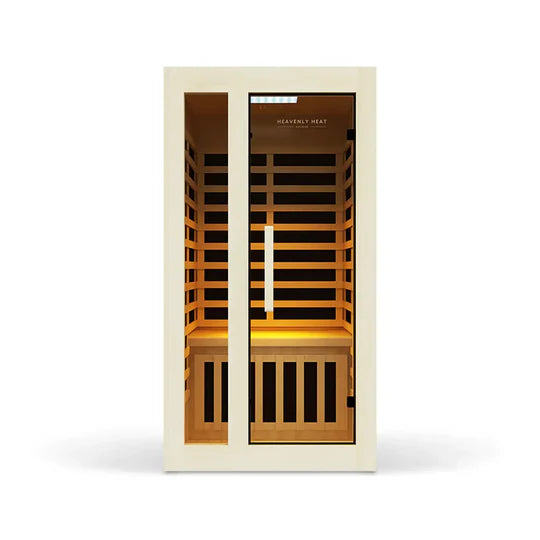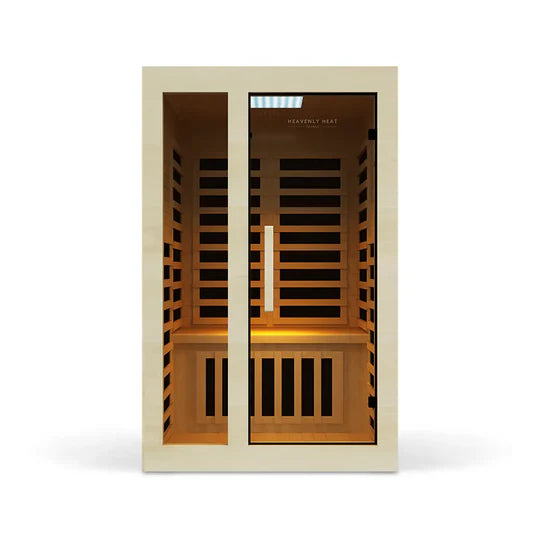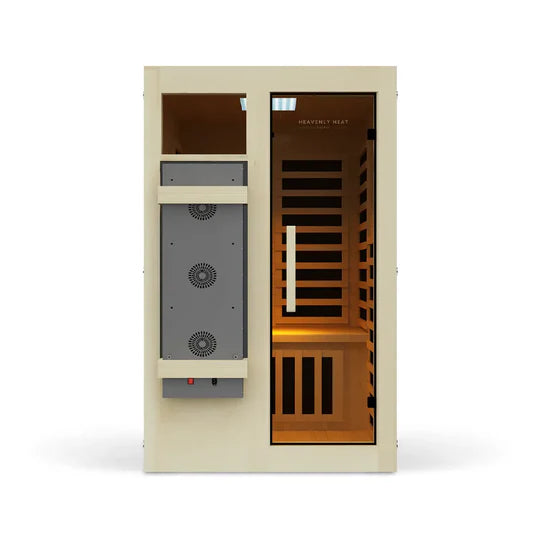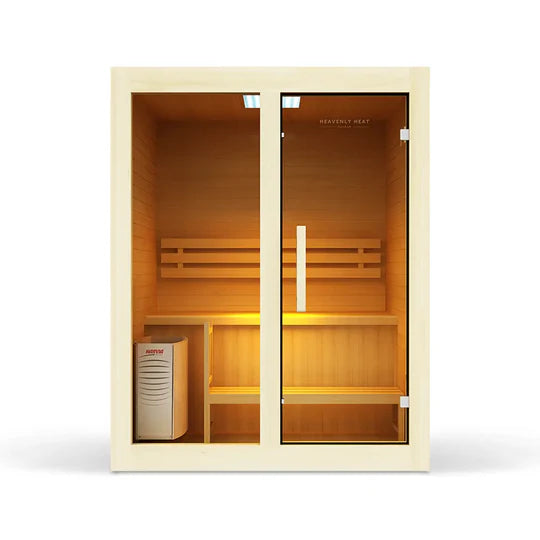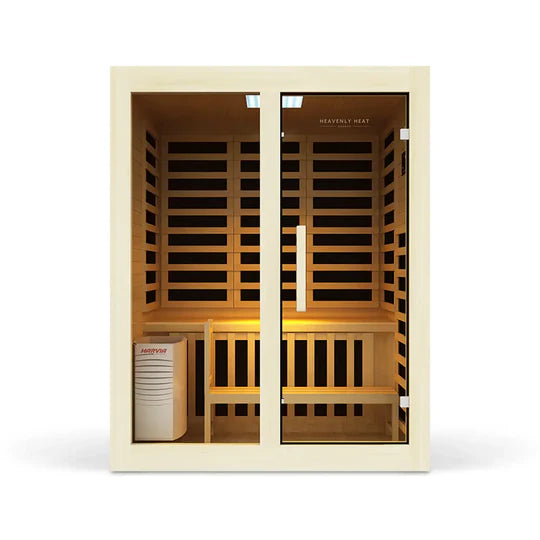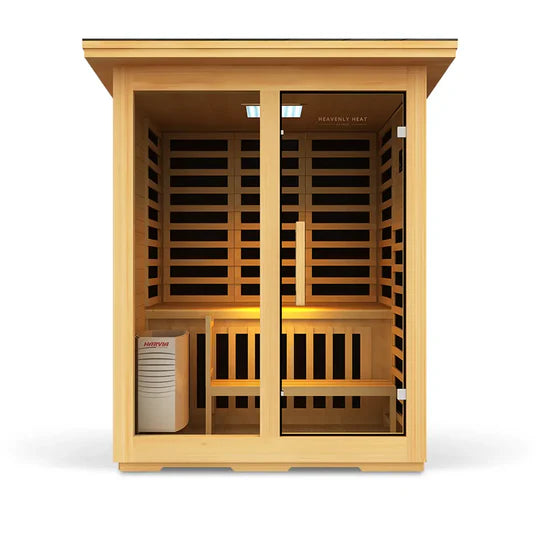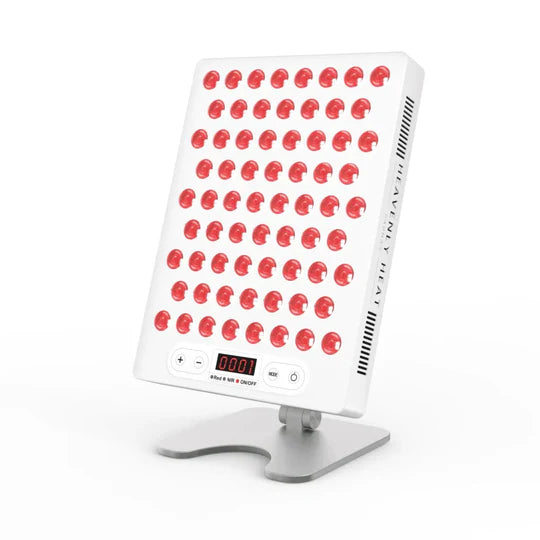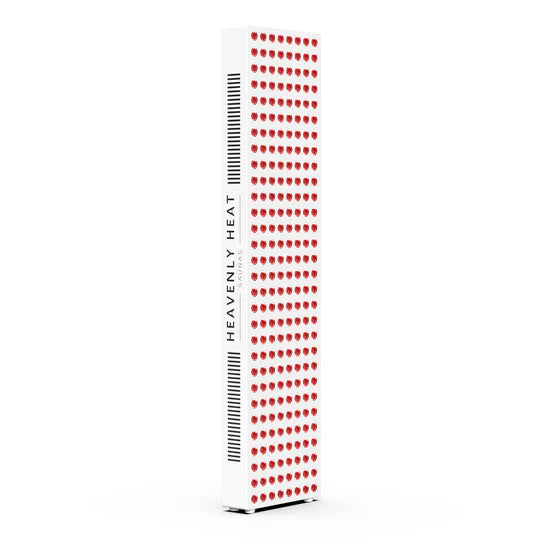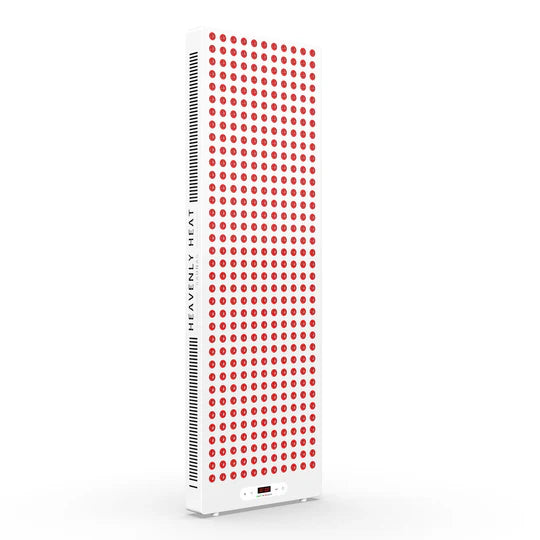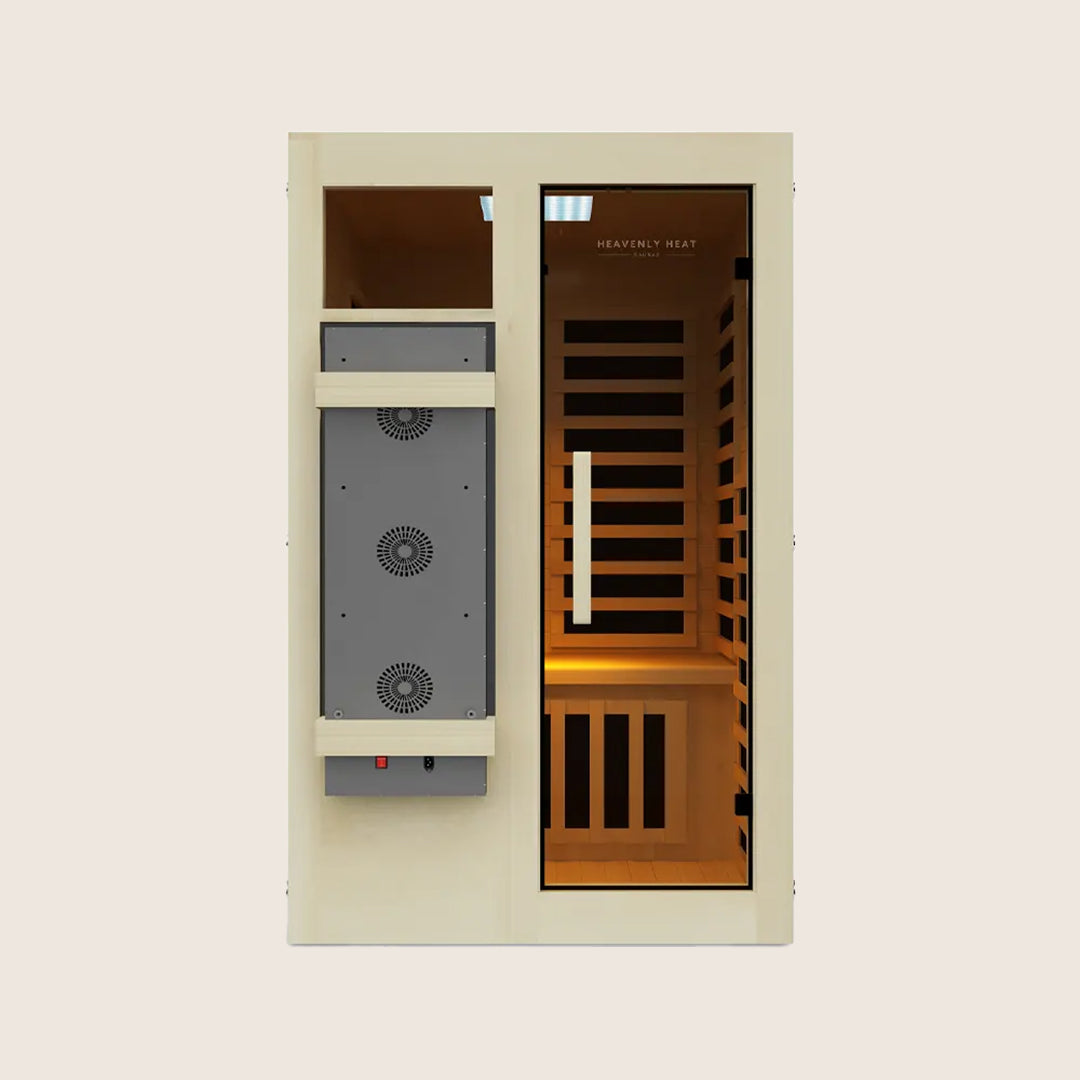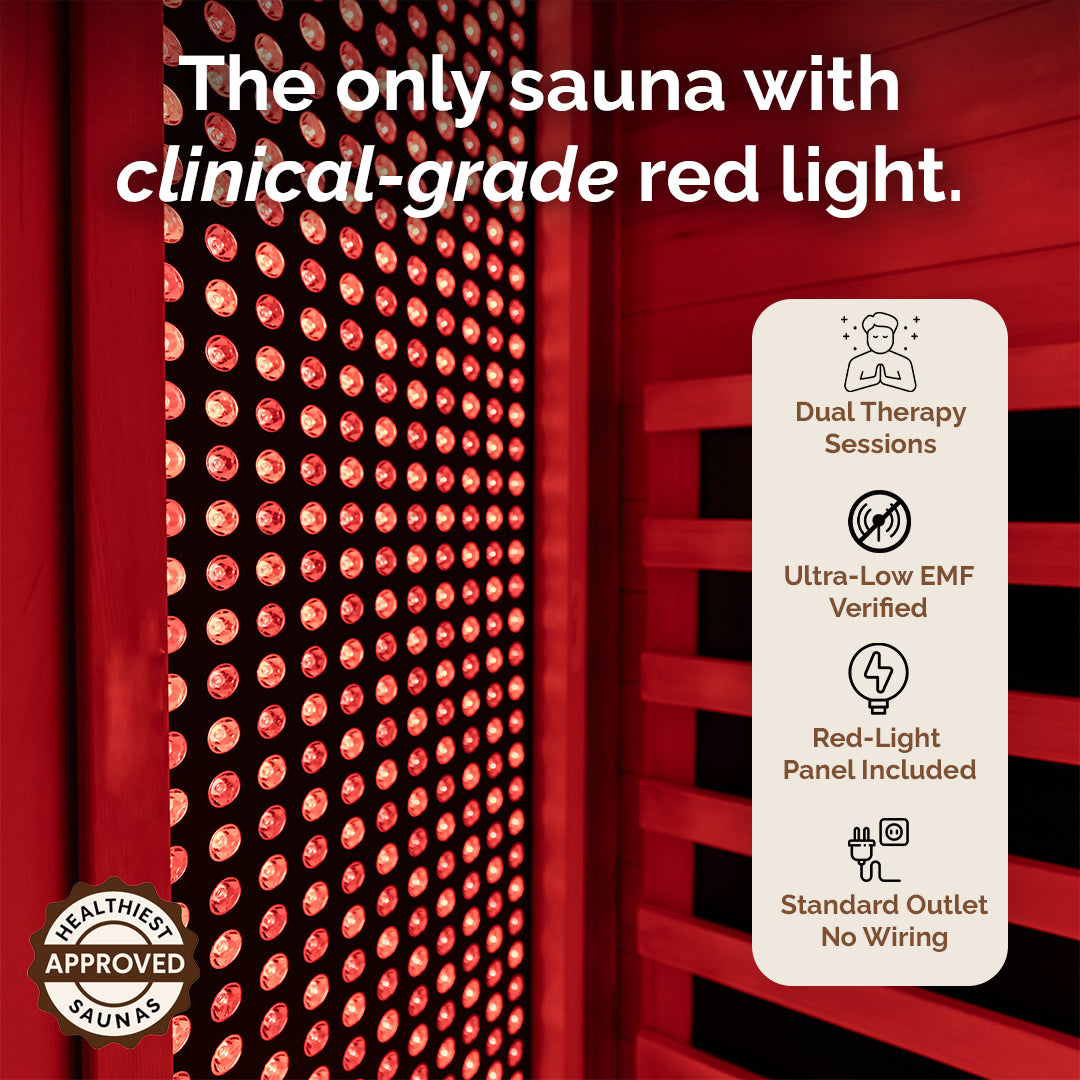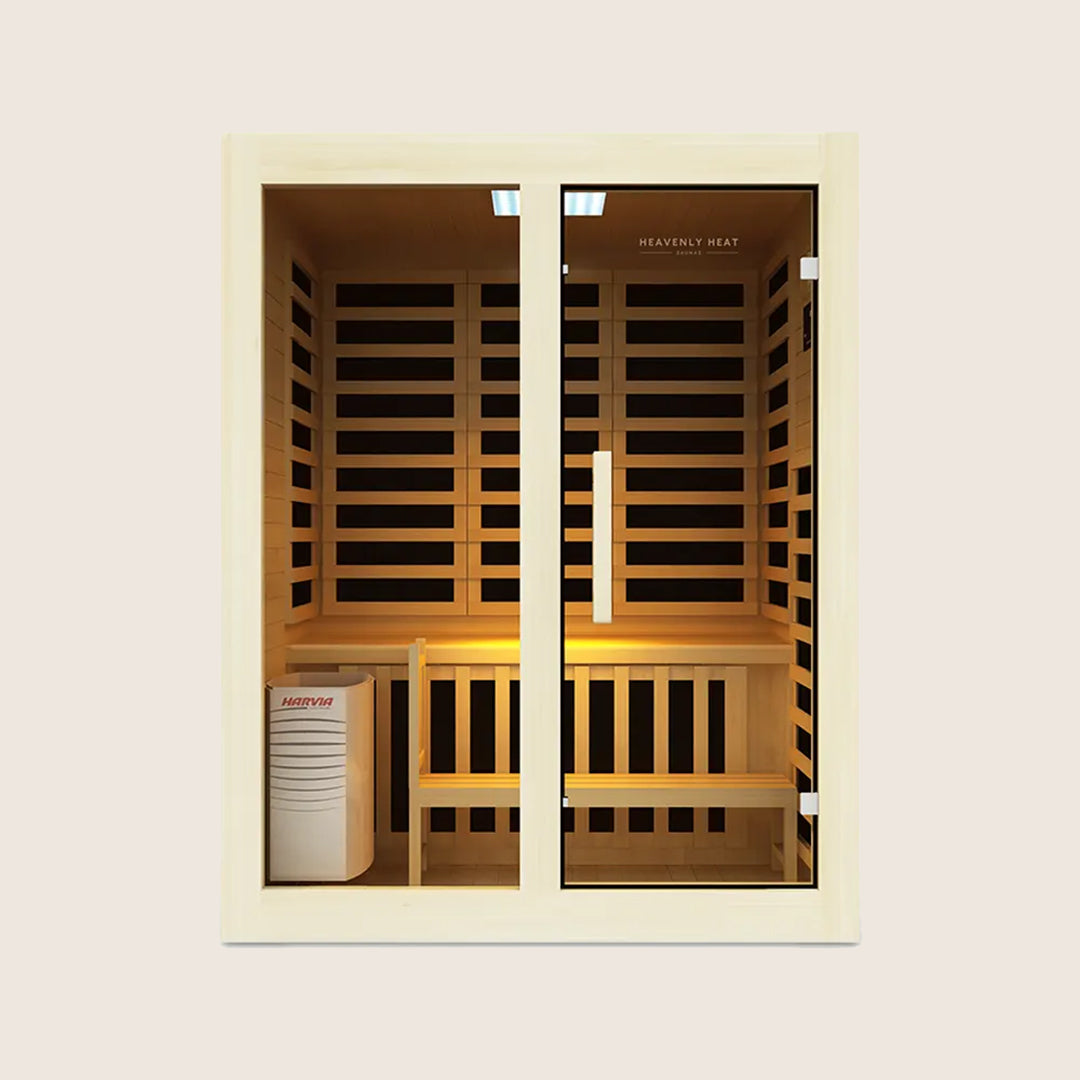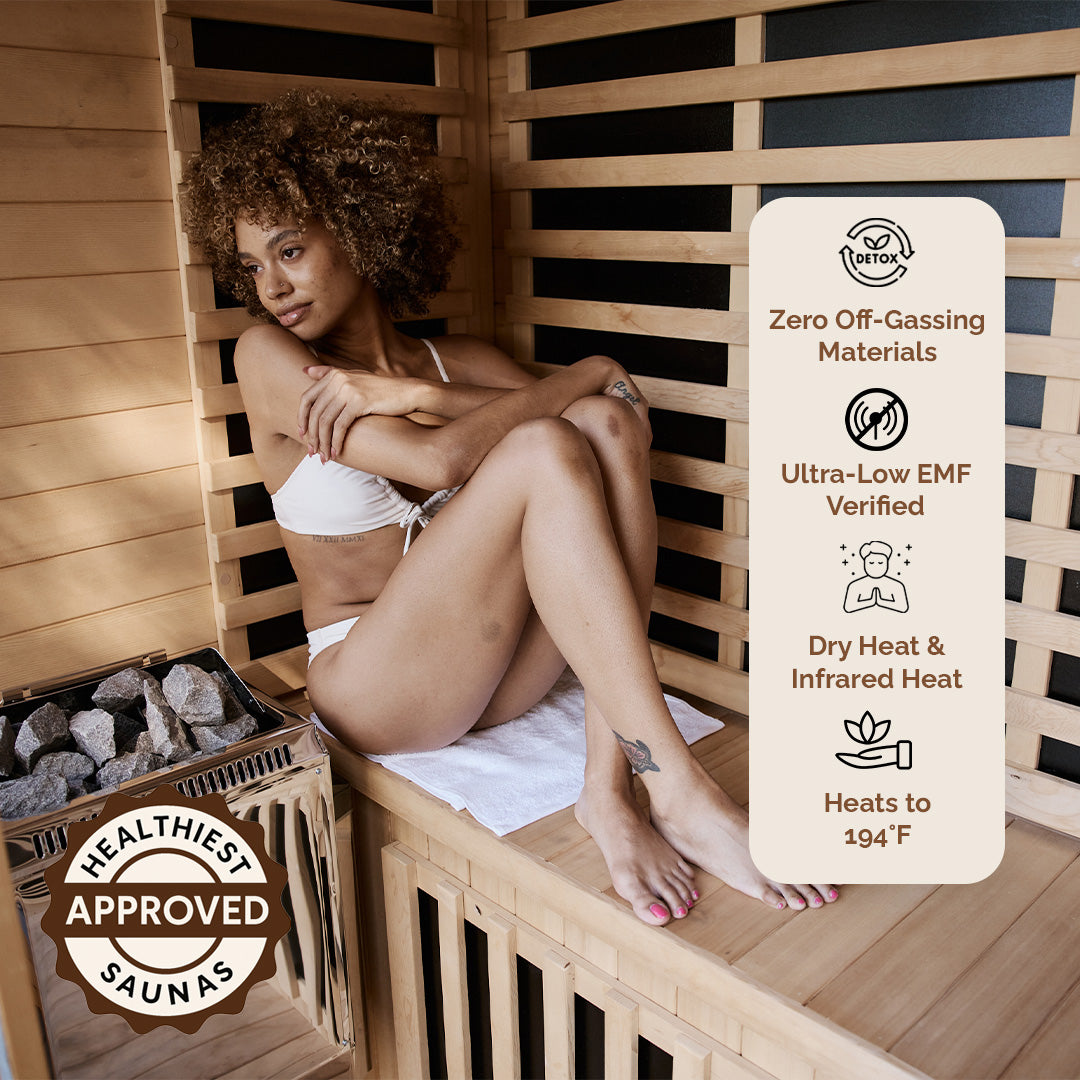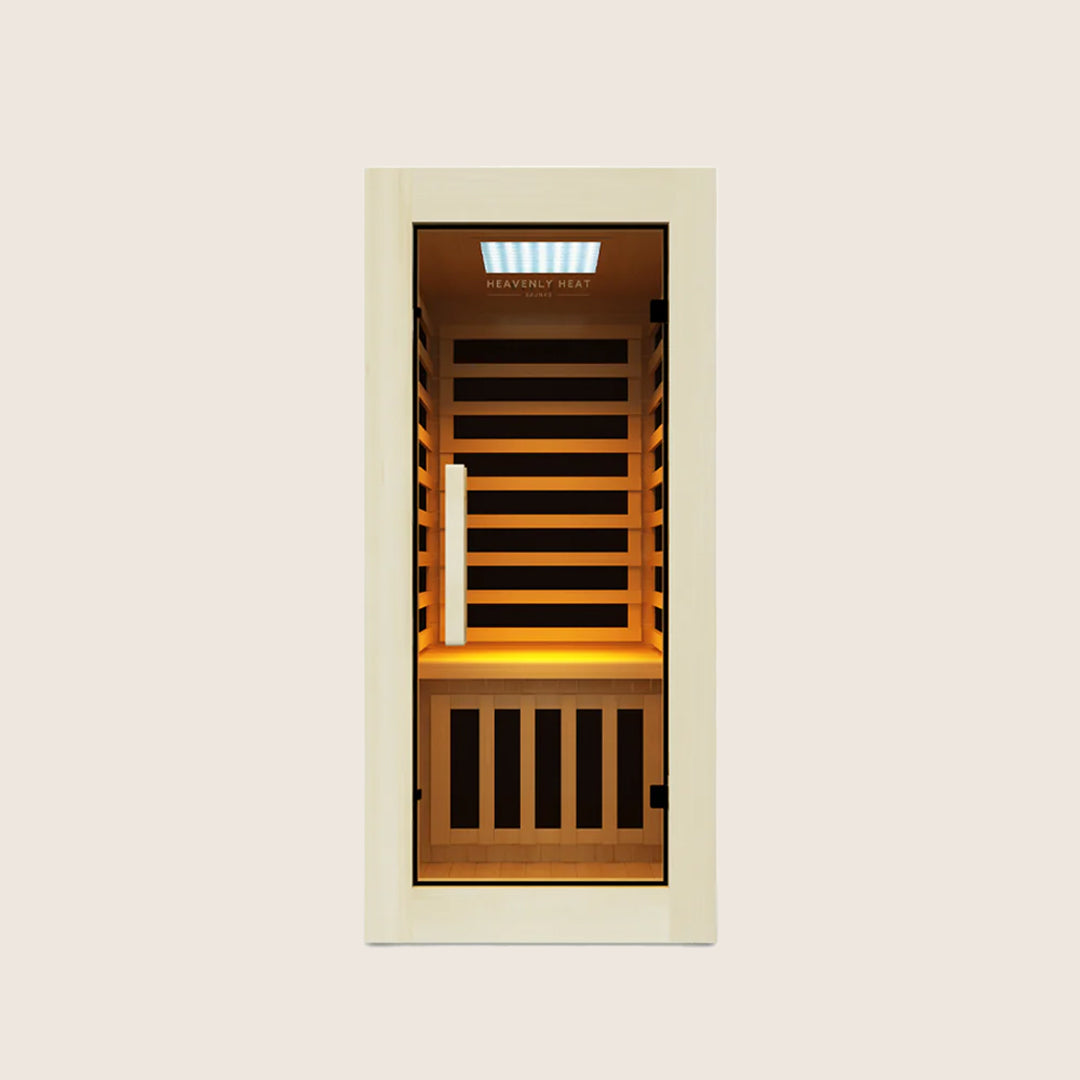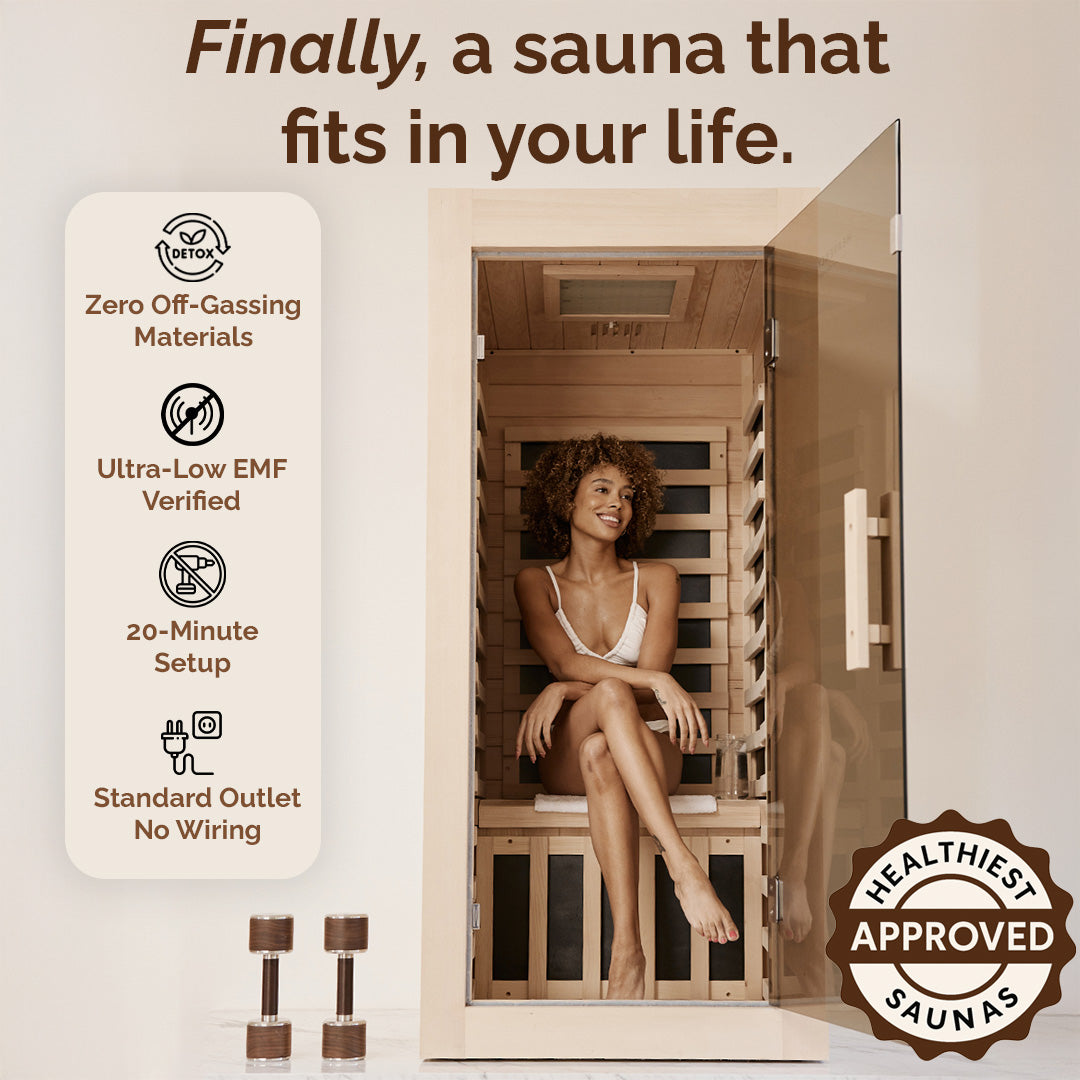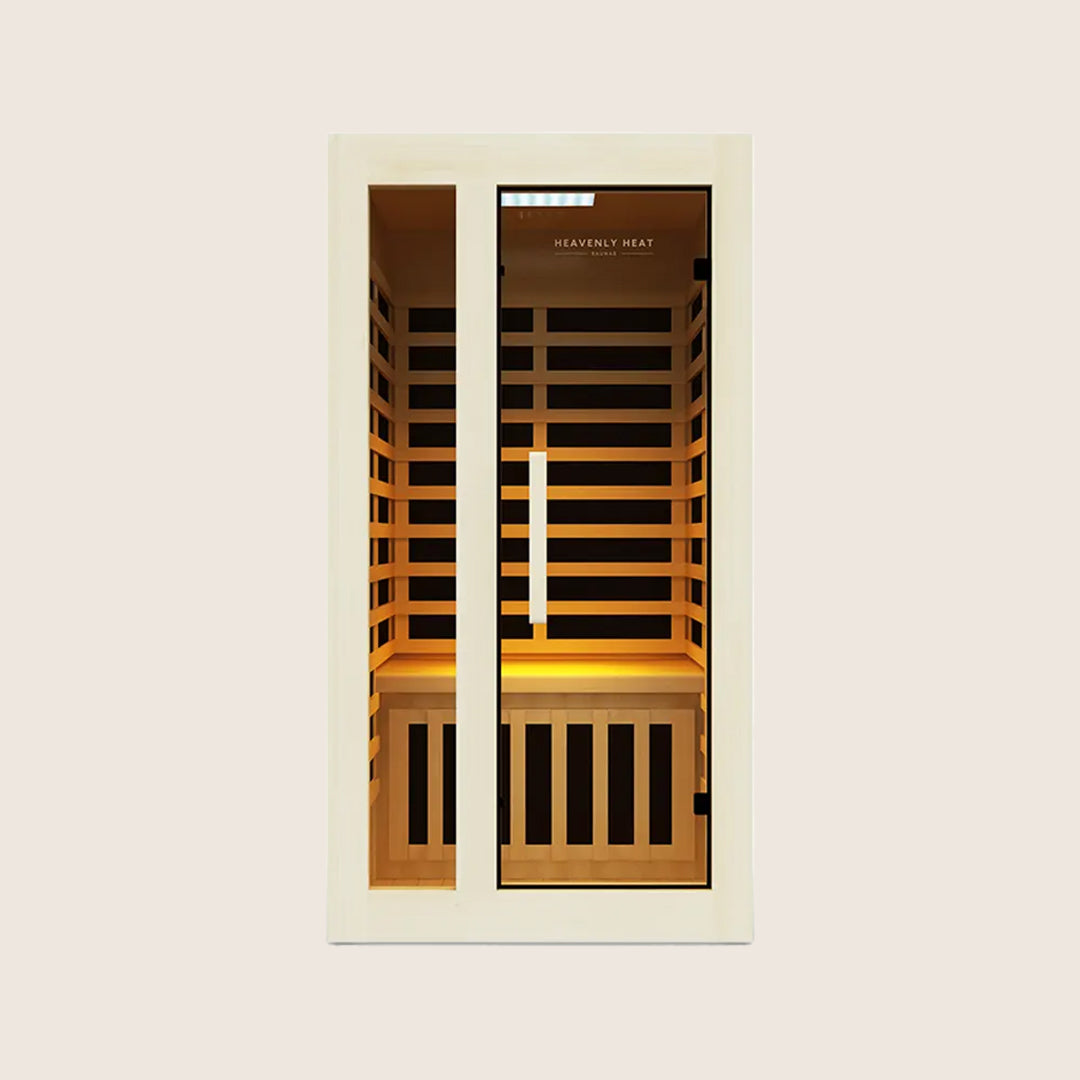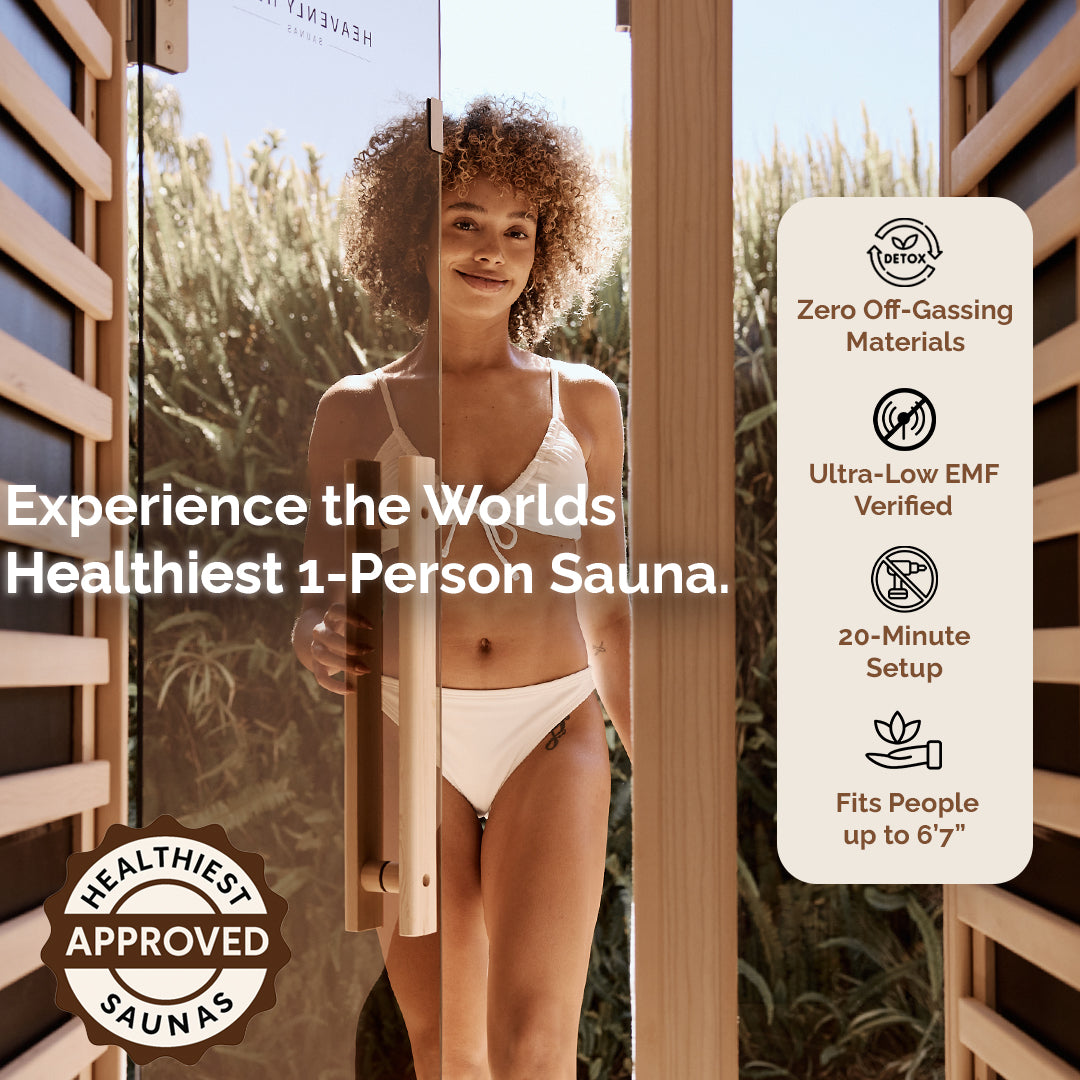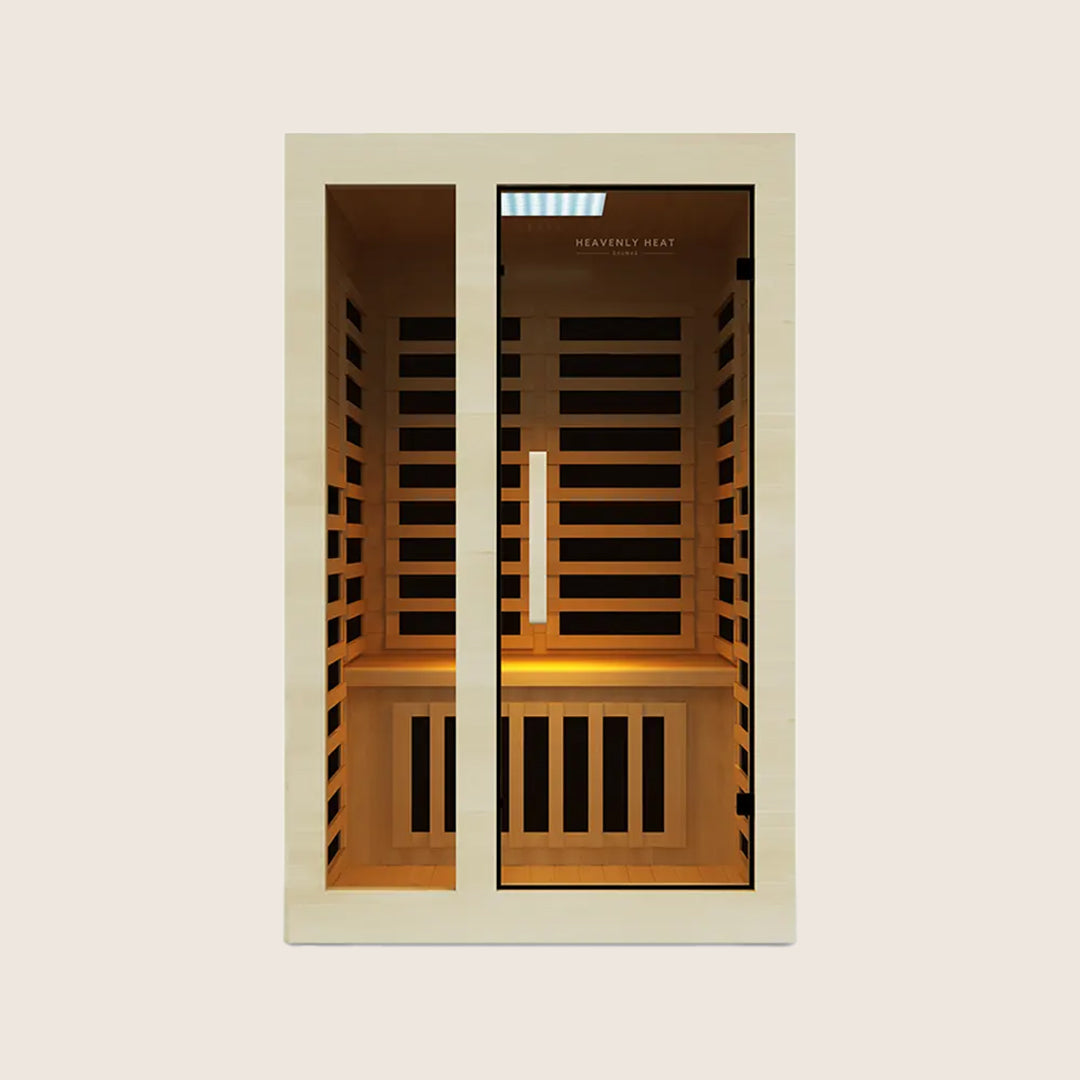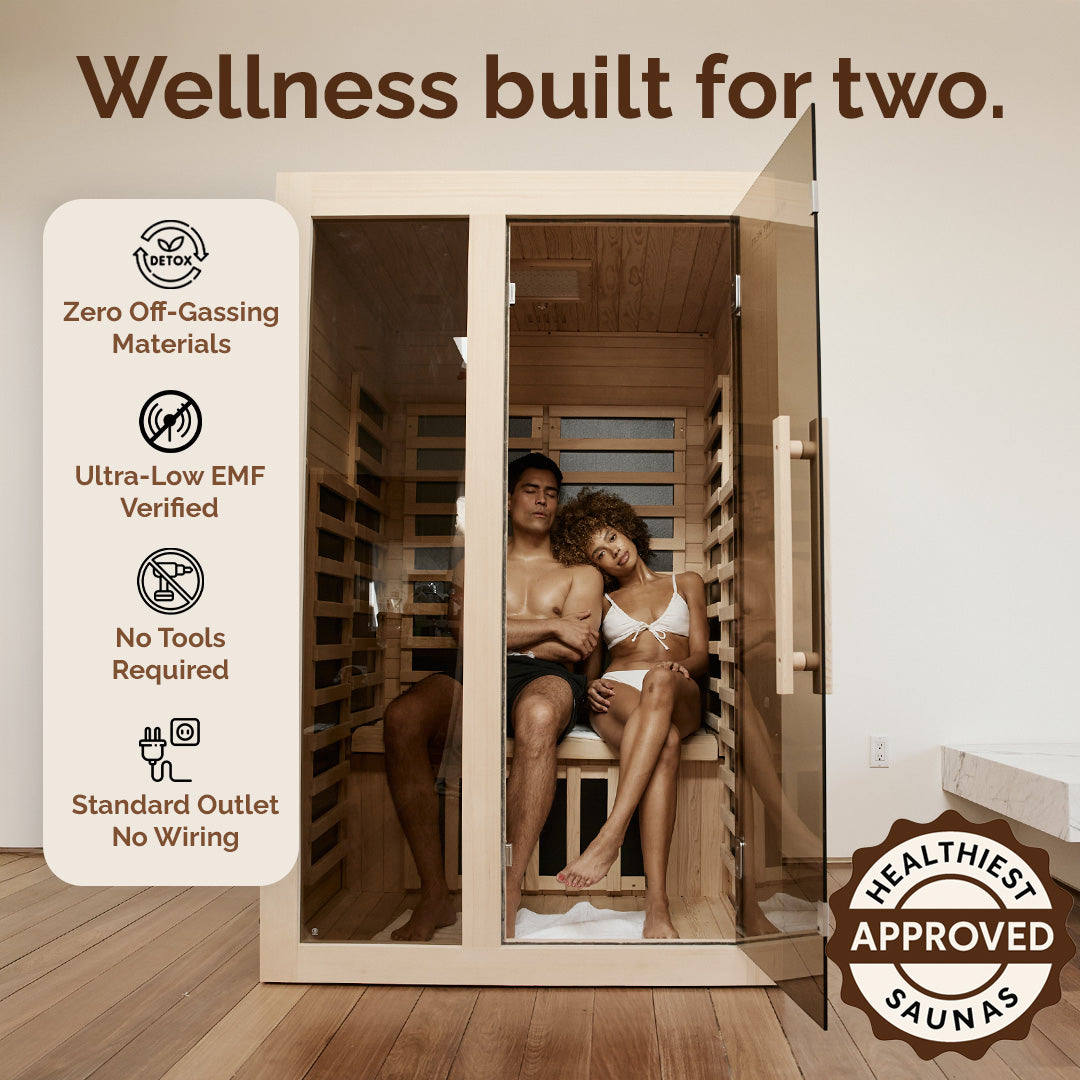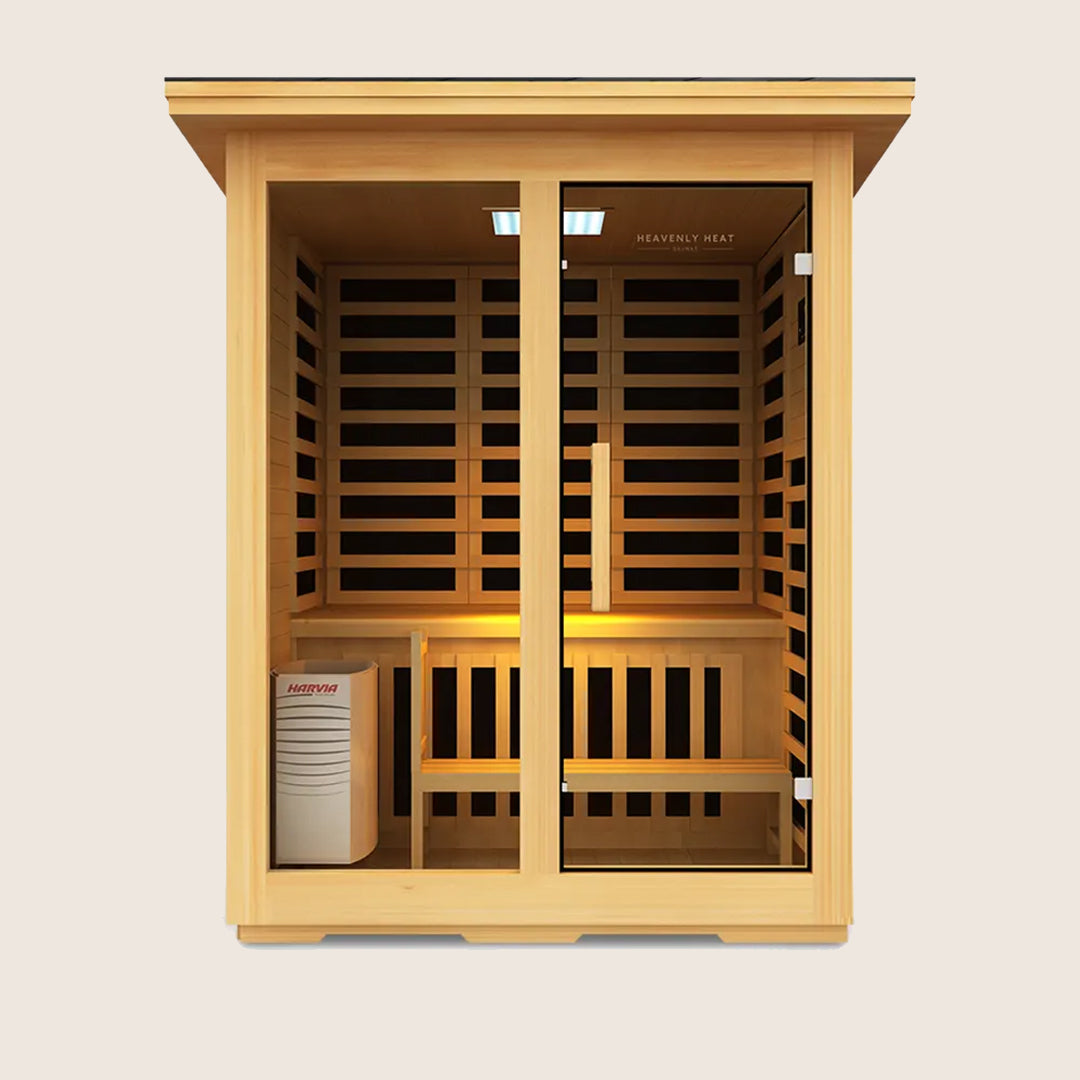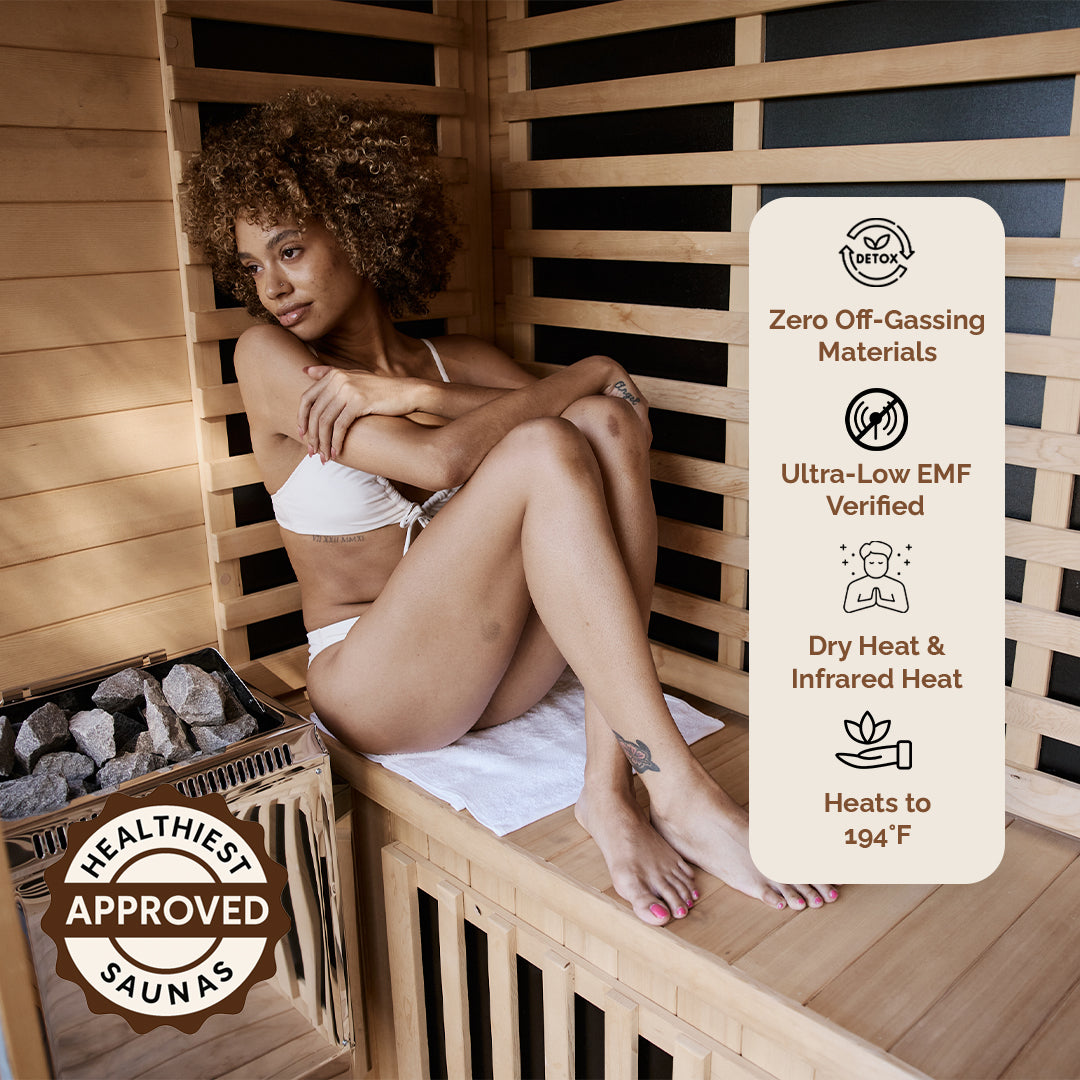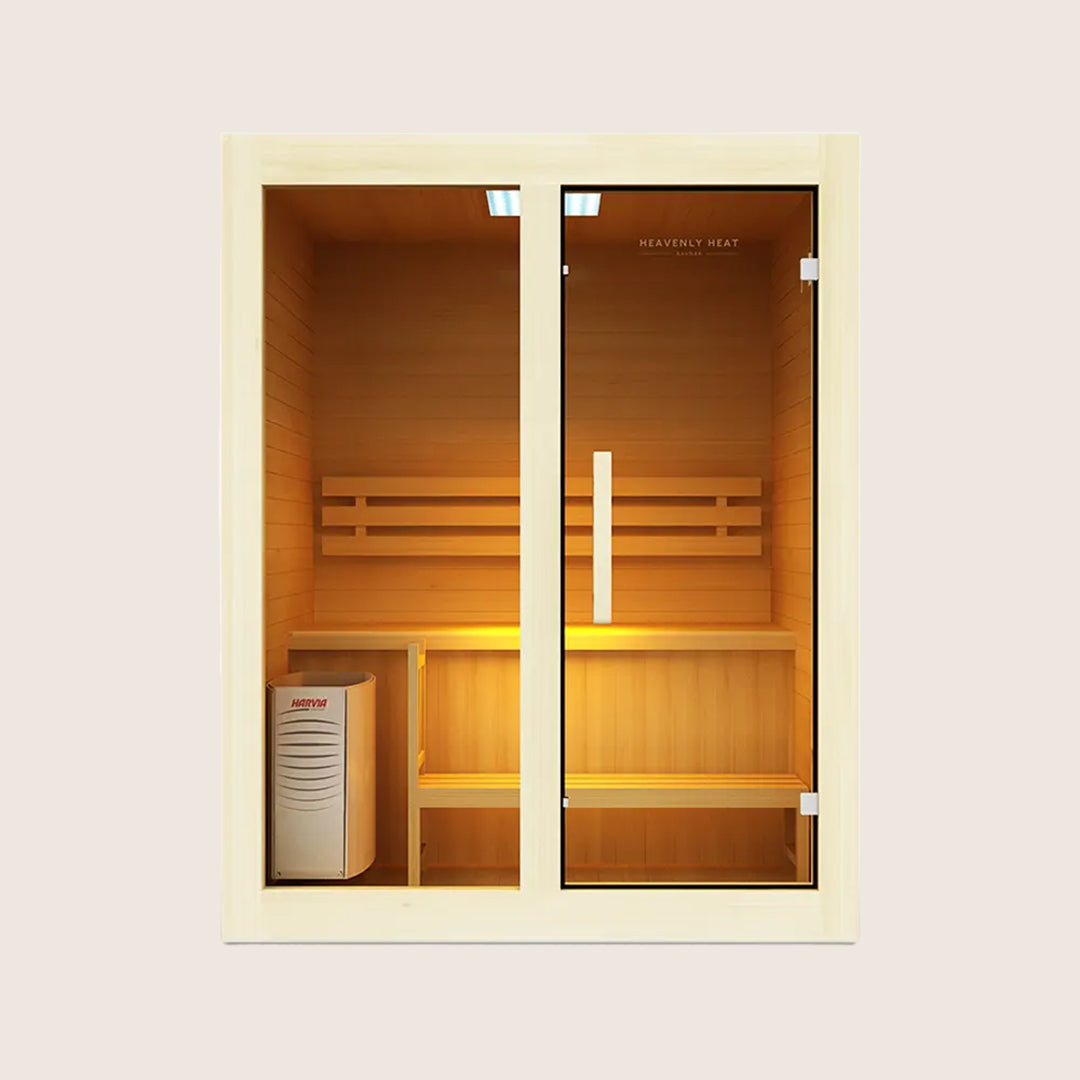Does Hot Tub Raise Blood Pressure? The Surprising Truth

Headaches, shortness of breath, and nosebleeds may seem minor, but they can signal dangerously high blood pressure.
The real danger? Most people never feel a thing until it’s too late. Ignoring this silent threat risks heart disease, stroke, or worse. But could relaxing in a hot tub make things better, or worse? Let’s uncover the surprising truth.
Table of contents
Key Takeaways
Hot Tubs Can Lower Blood Pressure: Short sessions often reduce blood pressure rather than raise it.
Safety Comes First: Limit soaks to 10–15 minutes, stay hydrated, and avoid alcohol.
Monitor Your Health: Check your blood pressure regularly to stay in control.
Lifestyle Choices Matter: Healthy diet, exercise, stress control, and medication adherence are key.
Know When to Exit: Dizziness, overheating, or rapid heartbeat are clear signs to stop.
Does Hot Tub Raise Blood Pressure?
Many people with high blood pressure wonder if relaxing in a hot tub is safe. Research published in the Canadian Medical Association Journal looked into this by comparing people with treated hypertension to those with normal blood pressure.
Both groups spent 10 minutes in a 40°C hot tub. Rather than raising blood pressure, the study found it actually dropped, on average from 144 to 122 mm Hg in the hypertensive group, and from 130 to 110 mm Hg in the control group.
Heart rate increased slightly, but no one experienced dizziness, chest pain, or palpitations, and readings returned near baseline within 10 minutes of leaving the tub.
Health experts, including the American Heart Association, note that hot tubs are generally safe for people whose blood pressure is well managed, provided certain precautions are taken.
Key tips include keeping sessions short, staying hydrated, avoiding alcohol, and talking with your doctor if you have heart concerns. For most people, a brief soak in a hot tub isn’t just safe, it can be a soothing way to relax.
The Science behind heat and raise blood pressure
Hot weather can do more than make you sweat, it can lower your blood pressure and affect how well your body moves.
A study published in the International Journal of Environmental Research and Public Health looked at 26 older women, around 75 years old, and measured their blood pressure and walking ability in rooms at 20 °C and 30 °C.
In the hotter room, their blood pressure dropped by about 10 mmHg, and they didn’t walk as far in a 6-minute test.
Standing up from lying down caused their blood pressure to fall even more. These results show that heat can make it harder for older adults to stay steady and active.
If you exercise or move around in hot weather, especially during summer, take it slow, stay cool, and listen to your body.
Safety Precautions for People with Hypertension
Check Your Blood Pressure Often to Stay Safe
Living with hypertension means being proactive about your health, and one of the simplest but most powerful steps is keeping an eye on your blood pressure at home.
Experts at Mayo Clinic suggest checking it at least twice a day in the beginning, once in the morning before eating or taking medication, and again in the evening.
This small routine matters because many people don’t realize they have uncontrolled hypertension. In fact, about 75.7% of adults with high blood pressure admitted they hadn’t sought healthcare in the past year and were unaware of their condition.
Staying consistent with home checks not only keeps you informed but also lowers your risk of dangerous complications.
Research highlighted by Atrium Health Wake Forest Baptist shows that reducing blood pressure can cut the risk of heart attack, stroke, heart failure, and even death by 30–40%.
Supporting this, a 2013 study in Circulation found that people who monitor their blood pressure at home are more likely to achieve healthy levels than those relying only on doctor visits.
Take Medications Exactly as Prescribed
Taking your blood pressure medicine exactly as prescribed is one of the most effective steps you can take to manage hypertension.
The American Heart Association points out that the widespread use of treatment has already played a big role in reducing rates of heart disease and stroke.
Yet, despite this progress, many people still struggle to reach healthy blood pressure levels, often because they don’t take their medications as directed.
Evidence from BMC Public Health shows a clear difference: patients who stick to their prescriptions are much more likely to keep blood pressure under control, while those who skip doses face higher risks of uncontrolled hypertension.
A study in Bangladesh highlighted this, finding that good or even moderate adherence led to far better outcomes compared to poor adherence.
Consistently taking medication not only helps manage blood pressure but also lowers the chances of life-threatening problems like heart attack, stroke, and kidney disease.
Staying committed to your treatment plan is a simple but powerful way to protect your long-term health.
Eat a Low-Salt, Heart-Healthy Diet
Cutting back on salt is one of the simplest yet most powerful ways for people with high blood pressure to protect their hearts.
Evidence from the American Heart Association, 2023 shows that reducing sodium lowered systolic blood pressure by 7–8 mm Hg compared with a high-sodium diet, and by 6 mm Hg compared with usual eating habits.
To achieve these benefits, the AHA advises keeping daily sodium under 2,300 mg, with 1,500 mg as the ideal limit for those with hypertension.
Even trimming 1,000 mg a day can make a meaningful difference. Along with limiting salt, heart-healthy diets offer added protection.
Findings in the American Journal of Clinical Nutrition reveal that the Mediterranean diet, rich in fruits, vegetables, whole grains, and healthy fats, significantly reduced the risk of sudden cardiac death in women.
On the other hand, consistently eating too much salt poses serious global risks. As Liang et al., 2025 reported, high-sodium diets were linked to 777,200 deaths from ischemic heart disease worldwide in 2019 alone.
Exercise Regularly but Avoid Overexertion
Regular moderate exercise is one of the best lifestyle choices for controlling high blood pressure, but it’s important to keep it safe and not push too hard.
Research highlighted in Evidence-Based Complementary and Alternative Medicine shows that activities like walking, yoga, aquatic sports, and recreational football can significantly reduce blood pressure, while practices such as Tai Chi and Qigong showed less consistent benefits.
In addition, findings published in Preventive Cardiology reveal that aerobic exercise can lower systolic blood pressure by about 6 mm Hg and diastolic by about 5 mm Hg in people with hypertension, changes that can meaningfully cut the risk of heart disease and stroke.
To help individuals exercise safely and effectively, the American Heart Association (2025) advises aiming for at least 150 minutes of moderate-intensity aerobic activity or 75 minutes of vigorous activity each week, spread across several days.
Ultimately, the goal is steady, manageable movement, regular exercise done at a comfortable pace can help keep blood pressure under control while protecting overall heart health.

Limit Alcohol and Quit Smoking
Limiting alcohol and quitting smoking are key steps in managing hypertension. Alcohol raises blood pressure, especially with excessive consumption, and can interfere with blood pressure medications, reducing their effectiveness.
Even moderate drinking can contribute to heart disease. The safest limit is one drink per day for women and two for men.
Quitting smoking improves blood pressure almost immediately by allowing blood vessels to relax, and it reduces the risk of heart attack and stroke.
Smoking also accelerates arterial plaque buildup, which worsens hypertension. Reducing or eliminating both alcohol and smoking can significantly improve heart health and overall blood pressure control.
Reduce Stress Through Relaxation and Rest
Managing stress and getting enough rest are crucial for people living with high blood pressure.
Findings published in the International Journal of Cardiology Cardiovascular Risk and Prevention show that relaxation practices such as deep breathing or meditation can lead to meaningful improvements, lowering both blood pressure and heart rate.
Restful sleep is another key factor. Experts from the Mayo Clinic explain that sleeping fewer than six hours a night can cause sharper rises in blood pressure, while poor-quality sleep may worsen hypertension by disrupting hormones that regulate stress and metabolism.
Stress itself is also strongly linked to hypertension. Research reported in BMC Public Health in 2024 revealed that more than half of patients with high blood pressure experienced psychological stress, often tied to demanding work, lack of physical activity, poor sleep, or tense home environments.
Together, this evidence makes it clear that setting aside time for relaxation, prioritizing good sleep, and reducing stress are not just lifestyle choices but essential steps in protecting heart health and lowering hypertension risks.

Comparison of Hot Tub Use for Blood Circulation with Other Heat Therapies (Saunas, Hot Baths, Heat Pads)
Saunas
Sauna bathing, deeply rooted in Finnish culture, has spread worldwide as both a relaxing ritual and a practice with promising health benefits.
Research by Laukkanen et al., 2018 shows that regular sauna use is associated with a lower risk of vascular conditions like high blood pressure and cardiovascular disease, as well as nonvascular issues such as pulmonary and neurocognitive disorders.
Evidence presented in the Mayo Clinic Proceedings further notes that saunas may improve cardiovascular function by enhancing blood vessel flexibility, reducing arterial stiffness, lowering blood pressure, and supporting healthier lipid profiles.
These combined effects contribute to better circulation and overall heart health. However, while saunas do elevate core body temperature and stimulate blood flow, the response is gentler compared to hot tubs.
Because sweating allows the body to release heat more efficiently, the cardiovascular challenge is less intense.
This means that although sauna bathing offers meaningful improvements in vascular health and circulation, its effects are generally milder than the stronger circulatory boost created by hot water immersion.
Hot Baths
Hot baths have long been enjoyed for relaxation, but research shows they may also support heart and blood vessel health.
In a large Japanese study, Ukai et al. (2020) tracked more than 30,000 adults over nearly 20 years and discovered that people who bathed almost daily had a much lower risk of cardiovascular disease compared to those who only bathed a few times per week.
This suggests that frequent bathing could play a protective role for the heart. The science behind it makes sense:
as Dr. Adolph Hutter, professor of medicine at Harvard Medical School, explains, warm water raises core body temperature, which causes blood vessels to widen.
This simple effect boosts circulation and helps bring blood pressure down. Other studies echo these benefits, showing that an evening bath can lower blood pressure the following morning and that regular bathing is linked to reduced rates of coronary artery disease.
Altogether, hot baths may be more than a comfort, they could be a practical way to improve cardiovascular health over time.
Heat Pads
Heat pads are well known for their ability to improve local blood circulation by gently dilating blood vessels in the area where they’re applied.
This increased blood flow carries oxygen and nutrients to the tissues while helping remove waste products, which supports healing and eases stiffness, inflammation, and muscle spasms.
Because of this targeted effect, heat pads are particularly helpful for managing localized pain or injuries.
Evidence supports their use in clinical settings, for instance, a review published in Life (Basel) found that continuous, low-level heat therapy not only reduces pain in people with low back pain but also improves flexibility, muscle function, and day-to-day comfort.
These qualities make heat pads a safe, affordable, and practical choice for non-drug pain relief. That said, they have limitations:
unlike saunas, hot baths, or hot tubs, heat pads do not elevate core body temperature and therefore lack broader cardiovascular benefits.
Whole-body heat therapies, by contrast, can improve circulation throughout the body and even lower vasoconstrictors like endothelin-1 (ET-1), promoting overall vascular health.
Signs You Should Exit a Hot Tub
Lightheaded or Dizzy: If you feel faint or dizzy, it’s a sign you may be overheating or not getting enough oxygen.
Overheating or Excessive Sweating: If you're sweating profusely or feeling too hot, it’s a clear sign your body can’t handle the temperature.
Rapid Heartbeat or Shortness of Breath: A racing heart or trouble breathing are signals that your body is under stress and needs a break.
Skin Turning Red or Irritated: Red, irritated, or burning skin is a sign that the water is too hot or you’ve been soaking too long.
Prolonged Soaking Beyond Safe Limits: Staying in for extended periods can cause dehydration, overheating, or skin damage, so be mindful of time.
Alcohol or Medication Effects Setting In: Both alcohol and certain medications can increase the effects of hot water, making you feel dizzy or impaired.
Unusual Fatigue or Nausea: Feeling unusually tired or nauseous means your body is telling you to stop and cool down.
FAQ
How long should someone with high blood pressure stay in a hot tub?
If you have high blood pressure, limit hot tub use to 10-15 minutes at a time, avoid extreme temperatures, stay hydrated, and never drink alcohol before or during your soak.
Always consult a doctor beforehand and exit slowly to prevent sudden drops in blood pressure.
Should you consult a doctor before using a hot tub with high blood pressure?
If you have high blood pressure, consult a doctor before using a hot tub. A doctor can assess your risk, recommend safe temperature and soak times, and advise against practices like temperature extremes, alcohol, or long soaks, all of which can worsen cardiovascular health.


